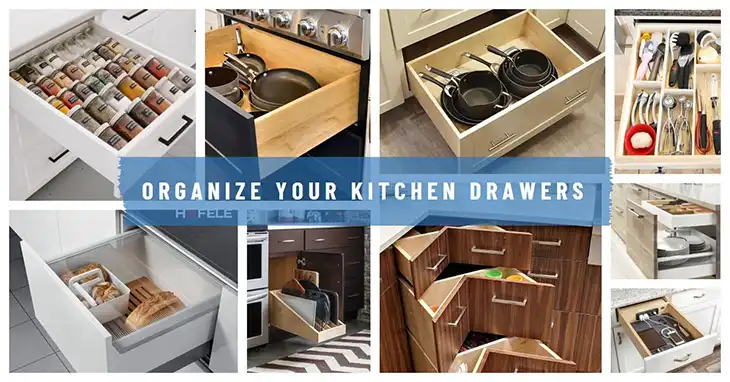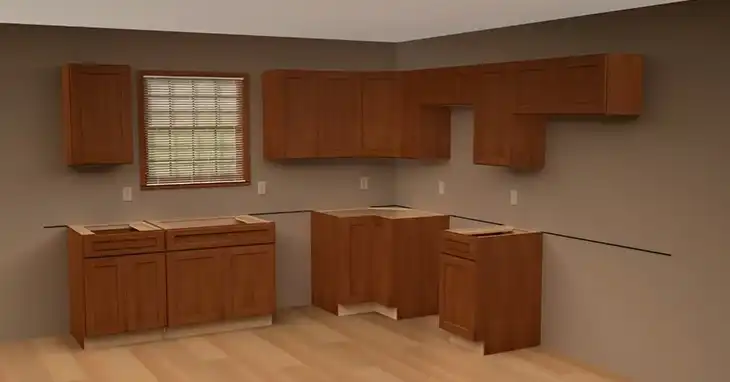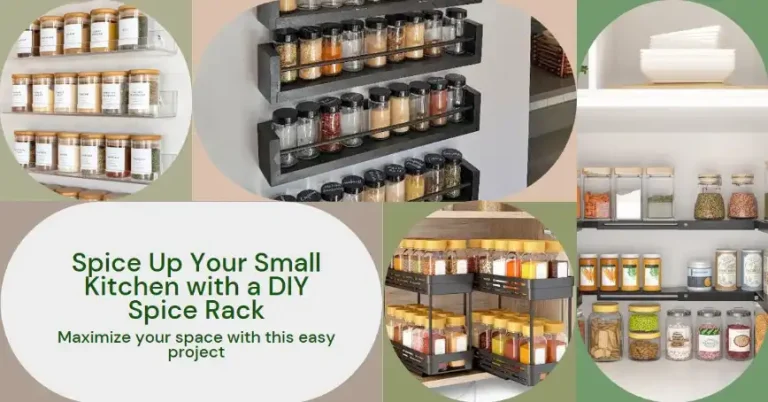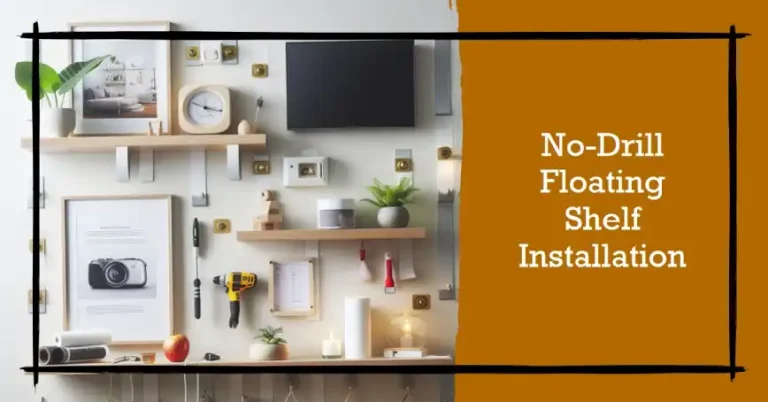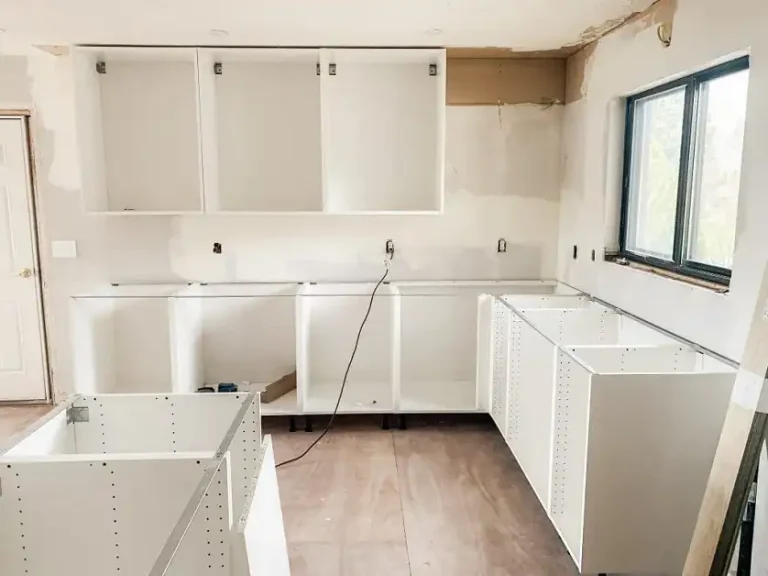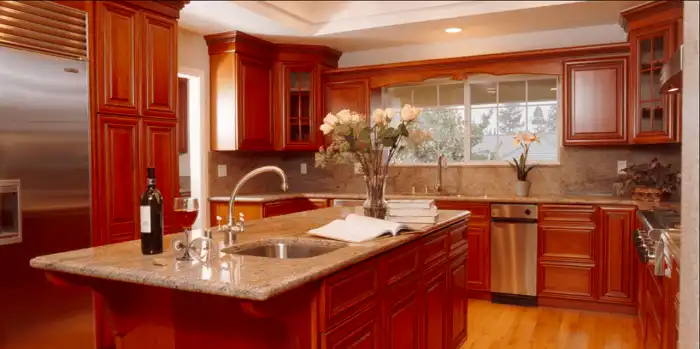Can You Stack Base Cabinets? Explained
Base cabinets play a crucial role in this quest for organization. But what if we told you that you could unlock even more storage potential by stacking these base cabinets? The question “Can you stack base cabinets?” has been on the minds of many homeowners and design enthusiasts, and the answer is a resounding yes – with some important considerations.
This comprehensive guide will delve into the benefits, considerations, and alternatives of stacking base cabinets, empowering you to make an informed decision for your kitchen renovation or redesign. Whether you’re seeking to optimize vertical space, declutter your kitchen, or inject a touch of design flair, stacking base cabinets might just be the solution you’ve been searching for.
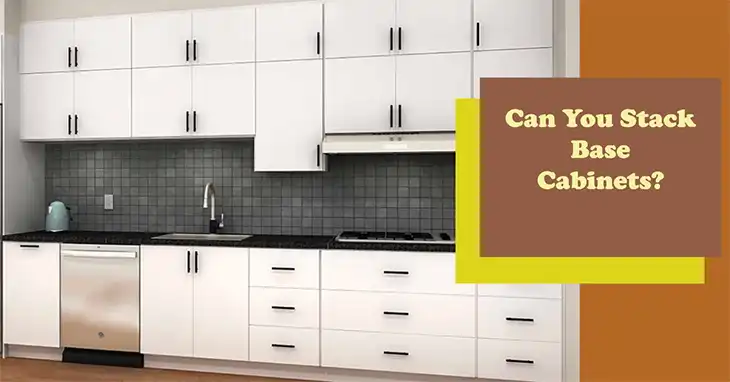
What Are the Benefits of Stacking Base Cabinets?
1. Increased Storage Capacity
One of the most compelling reasons to stack base cabinets is the sheer increase in storage capacity it offers. By utilizing the vertical space above your existing base cabinets, you can create dedicated spaces for those seldom-used items, bulk storage, and even appliances. This is particularly beneficial for kitchens with high ceilings or limited floor space, allowing you to maximize every inch of your culinary domain.
2. Improved Organization and Decluttering
Stacking base cabinets not only provides more storage but also enables better organization. With dedicated cabinets for specific item categories, such as spices, bakeware, or small appliances, you can bid farewell to cluttered countertops and overflowing drawers. This streamlined approach to storage will leave your kitchen feeling more spacious and inviting.
3. Design Versatility and Aesthetic Appeal
Beyond their functional benefits, stacked base cabinets can also elevate the aesthetic appeal of your kitchen. Imagine creating a stunning focal point with a tall pantry cabinet or showcasing your favorite decorative items behind glass-fronted doors. This design flexibility allows you to seamlessly blend form and function, resulting in a kitchen that is both practical and visually captivating.
4. Space Optimization
In compact kitchens or galley-style layouts, every square inch of space is precious. Stacking base cabinets can be a game-changer in these situations, enabling you to maximize storage without sacrificing valuable floor space. By utilizing the vertical dimension, you can create a sense of openness and prevent your kitchen from feeling cramped or cluttered.
Should You Consider Stacking Base Cabinets?
While the benefits of stacking base cabinets are undeniable, there are several considerations to keep in mind to ensure a successful and safe installation.
1. Cabinet Weight, Construction, and Load Capacity
Not all base cabinets are created equal when it comes to stacking. It’s crucial to use cabinets designed specifically for stacking, as they typically feature reinforced construction and higher load-bearing capacities. Attempting to stack cabinets not intended for this purpose can lead to potential issues like warping, sagging, or even damage.
To illustrate, let’s compare two different cabinet constructions:
| Cabinet Construction | Load Capacity | Suitable for Stacking? |
| Standard Base Cabinet (particle board) | 100 lbs | Not recommended |
| Reinforced Base Cabinet (plywood, metal bracing) | 500 lbs | Recommended |
As evident from the table, reinforced base cabinets with materials like plywood and metal bracing are better equipped to handle the weight of stacking, ensuring a safe and long-lasting installation.
2. Accessibility and Ergonomics
While stacking base cabinets maximizes storage, it can also present accessibility challenges. Reaching high cabinets can be uncomfortable or even unsafe for some individuals. To address this concern, consider incorporating solutions like pull-down shelves, step stools, or strategically organizing your cabinets. Place frequently used items in lower cabinets and reserve the higher cabinets for less frequently accessed items.
Additionally, it’s essential to consider universal design principles to ensure an inclusive and accessible kitchen for all users, regardless of age or ability.
3. Aesthetics, Flow, and Balance
Stacking base cabinets can undoubtedly create a striking visual impact, but it’s crucial to maintain balance and cohesion within your kitchen design. Carefully consider the overall flow and aesthetic appeal of your space. Using contrasting colors, materials, or glass fronts for the upper stacked cabinets can add visual interest and prevent a monolithic appearance.
4. Safety and Stability
Safety should be a top priority when stacking base cabinets. Properly securing the cabinets to the wall is essential to prevent tipping or accidental dislodging. Follow manufacturer’s instructions carefully and ensure the cabinets are anchored to studs or other load-bearing structures. Additionally, familiarize yourself with local building codes to ensure compliance and maintain a safe living environment.
What Are the Alternatives to Stacking Base Cabinets?
While stacking base cabinets offers numerous benefits, it may not be the ideal solution for every kitchen. Consider these alternative options to maximize storage and optimize your space:
1. Wall Cabinets
Installing additional wall cabinets can provide ample storage without the complexities of stacking base cabinets. However, keep in mind that reaching high wall cabinets can be challenging for some individuals, and proper planning is necessary to ensure accessibility.
2. Pantry Cabinets
Dedicated pantry cabinets are an excellent alternative for storing bulk items, appliances, and dry goods. These cabinets come in various styles and configurations, from tall, slender units to walk-in pantries, allowing you to tailor the design to your specific needs and available space.
3. Cabinet Organizers
If you’re happy with your existing cabinet layout but seek more efficient storage, cabinet organizers might be the answer. Pull-out shelves, lazy susans, and drawer dividers can transform cluttered cabinets into organized and easily accessible spaces, maximizing the potential of your current setup.
4. Open Shelving and Floating Shelves
For those seeking a more open and airy kitchen aesthetic, open shelving and floating shelves can provide both display and easy access to frequently used items. This option can be particularly effective in small kitchens, as it creates the illusion of more space.
5. Kitchen Islands and Peninsulas
Incorporating a kitchen island or peninsula with built-in storage can significantly increase your available storage capacity. These functional additions not only provide ample cabinet space but also offer countertop workspace and seating opportunities.
Summing Up
Stacking base cabinets can be a game-changing solution for maximizing storage and optimizing space in your kitchen. By utilizing vertical space and creating dedicated storage zones, you can declutter your countertops, streamline your organization, and even inject a touch of design flair.
However, it’s crucial to carefully consider factors such as cabinet construction, accessibility, aesthetics, and safety to ensure a successful and long-lasting installation. Alternatives like wall cabinets, pantry cabinets, and cabinet organizers may better suit your specific needs and preferences.

